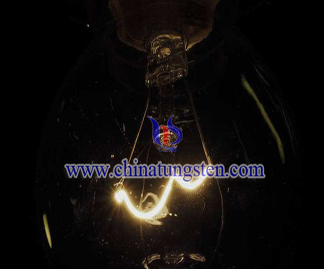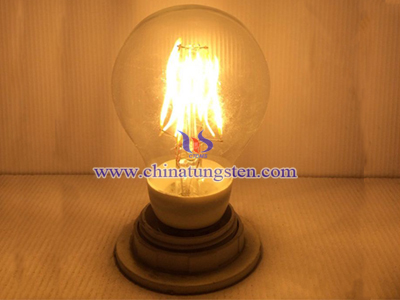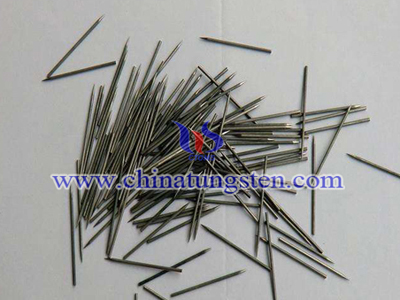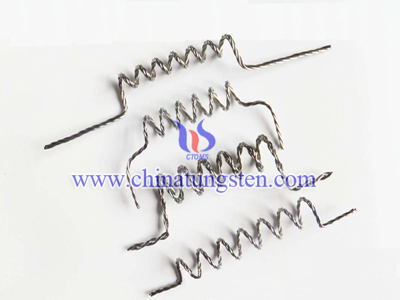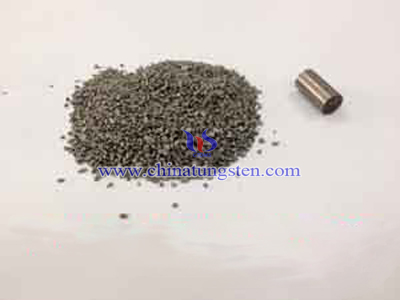Tungsten Filament in Halogen Lamp
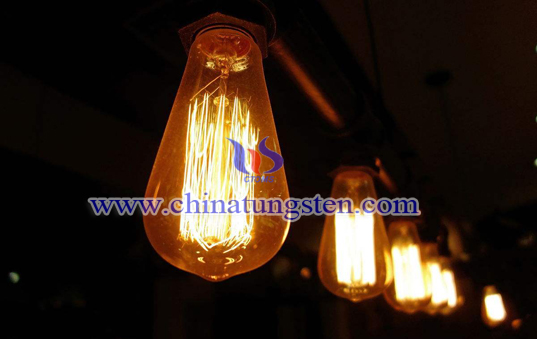
Tungsten filament used in halogen lamp can not only increase its lifespan, but also keep its beautiful appearance and effects, because tungsten is inactive gas, so the inner glass can keep bright for a long time.
The halogen lamp is similar to an inert gas-filled lamp, except it contains a small quantity of an active halogen gas such as Bromine. The inert gas suppresses the evaporation of the tungsten filament, while the halogen gas acts to reduce the amount of tungsten that plates the interior wall of the lamp. The halogen gas reacts with the tungsten that has evaporated, migrated outward, and been deposited on the lamp wall. When the lamp wall temperature is sufficient, the halogen reacts with the tungsten to form tungsten bromide, which is freed from the wall of the lamp and migrates back to the filament. The tungsten bromide compound reacts the filament of the lamp and deposits the tungsten on the filament and is freed to repeat the cycle again. Unfortunately the tungsten is not deposited in the same zone as the evaporation took place so the filament still becomes thinner and eventually fails.
The light output of a halogen light is more stable than a non-halogen gas lamp due to the cleaning action of the halogen gas on the lamp envelope. This feature coupled with the high color temperature of the light and long-life make these lamps very desirable for many industrial and scientific applications. The restriction on duty cycle due to the requirement to maintain the envelope of the lamp at sufficient temperature to initiate the halogen cycle is a disadvantage. However, in continuous duty applications it is relatively easy to provide correct ventilation to ensure the proper operating temperature.
A halogen lamp uses a tungsten filament, but it is encased inside a much smaller quartz envelope. Because the envelope is so close to the filament, it would melt if it were made from glass. The gas inside the envelope is also different -- it consists of a gas from the halogen group. These gases have a very interesting property: They combine with tungsten vapor. If the temperature is high enough, the halogen gas will combine with tungsten atoms as they evaporate and redeposit them on the filament. This recycling process lets the filament last a lot longer. In addition, it is now possible to run the filament hotter, meaning you get more light per unit of energy. You still get a lot of heat, though; and because the quartz envelope is so close to the filament, it is extremely hot compared to a normal light bulb.
Halogen light bulbs contain traces of a halogen. According to The Great Internet Light Bulb Book, the halogen in a light bulb will actually deposit evaporated tungsten molecules back onto the tungsten filament. This halogen cycle is known to increase the life of certain light bulbs such as halogen bulbs.

